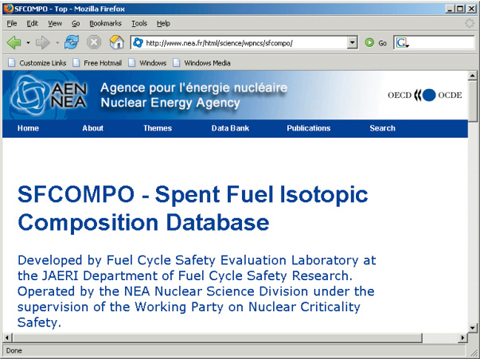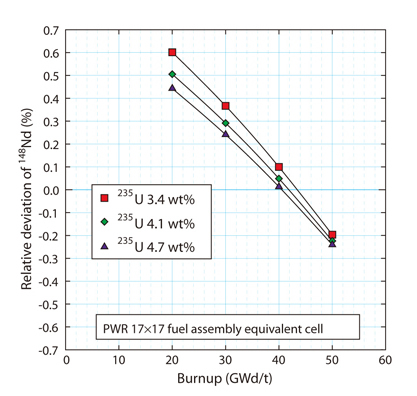
Fig.5-21 The spent fuel isotopic composition database SFCOMPO

Fig.5-22 Effect of Neutron Capture Reactions of 147,148Nd on 148Nd (From the reference)
One of the most important issues in safety evaluation of fuel cycle facilities is to prevent a criticality accident. The neutron multiplication factor of the nuclear fuel in fuel cycle facilities decreases as the fuel burnup proceeds. In Japan, instead of burnt fuel, un-irradiated fuels are assumed in the criticality safety evaluation of fuel cycle facilities except a commercial spent fuel reprocessing plant. This is because assuming fresh fuel composition is conservative and simple. However, the economical disadvantage is large because of the excessive safety margin. For example, the number of fuel assemblies that can be transported in one time as well as stored in a facility will be decreased.
JAEA has conducted studies on burnup credit, a concept taking into account the decrease in the neutron multiplication factor with the burnup of fuel into the criticality safety evaluation.
We developed the integrated burnup calculation code system SWAT in order to evaluate isotopic composition accurately. This is because the isotopic composition of SF is a key issue in the burnup credit. SWAT will be a kernel of an integrated criticality safety evaluation code system under development for a comprehensive criticality safety evaluation including burnup calculation.
We also developed the spent fuel isotopic composition database "SFCOMPO" which arranges and archives isotopic composition data to be used for benchmarking of burnup calculation codes including SWAT. We widely distributed such data to researchers through the framework of OECD/NEA (Fig.5-21). For precise evaluation of burnup calculation codes, we evaluated error of burnup estimation by measuring changes in Neodymium-148 which are induced by neutron capture reactions. (Fig.5-22)
In summary, we are developing calculation codes and collecting experimental data which are required for expanding use of the burnup credit concept in Japan. These results are used in JAEA as well as in industries and Japan Nuclear Energy Safety Organization (JNES).